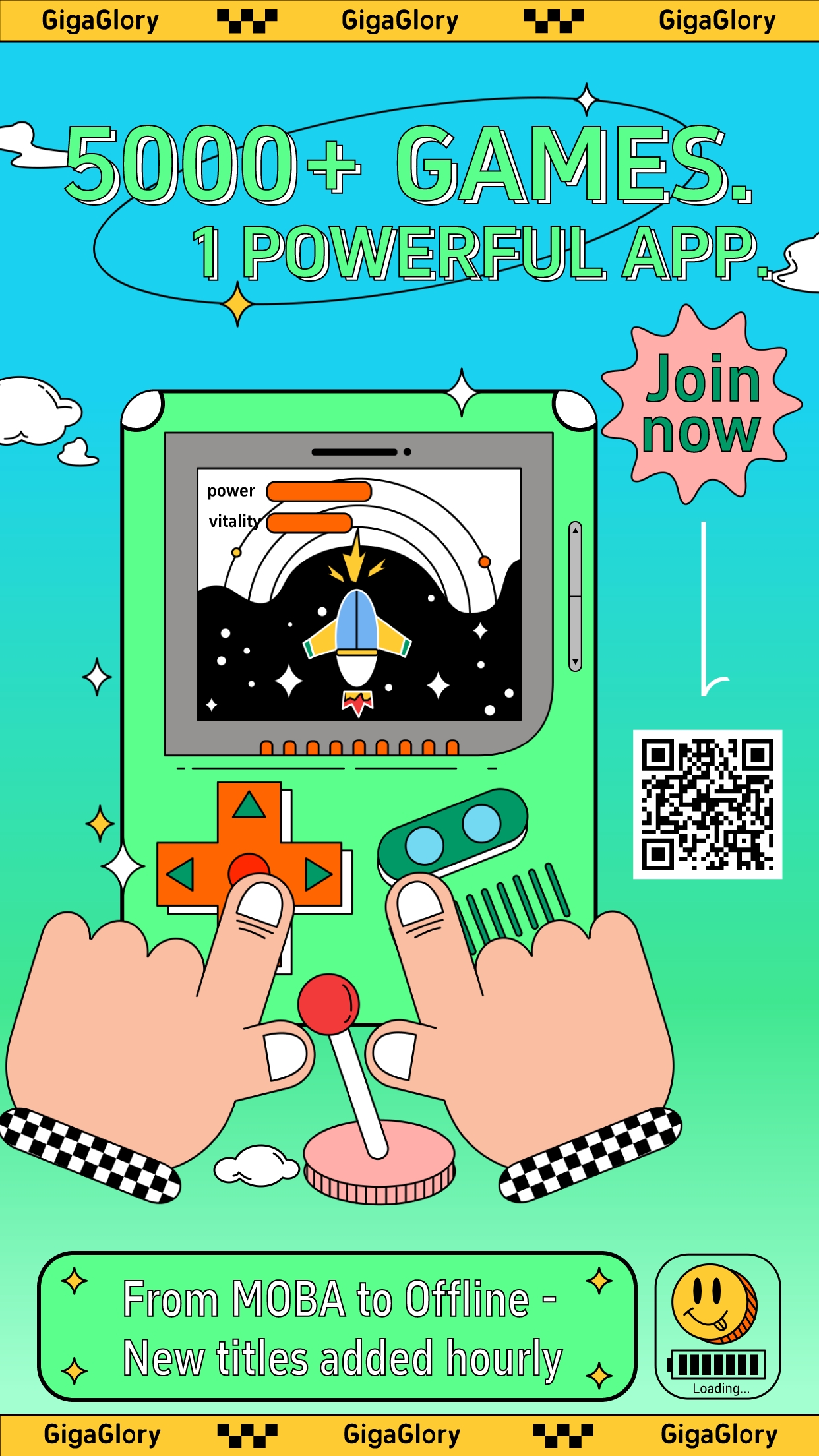Unlocking Imagination: How Creative Games Transform Playtime into Learning Opportunities
Imagine a world where playtime is not just about having fun but also about learning and growing. Creative games are at the forefront of this evolving landscape, offering children and adults alike the chance to engage their minds while enjoying the thrill of play. In this article, we will explore how these imaginative games, including classics like tank RPG games, can transform everyday play into valuable learning opportunities.
What Are Creative Games?
Creative games are a unique category that encourages players to think outside the box. They often include elements of strategy, problem-solving, and collaboration. In contrast to traditional games, which may focus primarily on competition or physical skill, creative games prioritize cognitive engagement and imagination.
The Importance of Imagination in Learning
Imagination is a powerful tool for learning. When children engage in imaginative play, they develop critical thinking skills, creativity, and social abilities. Creative games can harness this imaginative power and turn it into practical learning experiences.
Examples of Creative Games
Here are some examples of creative games that have a profound impact on players:
- Tank RPG Games: These games combine role-playing elements with strategic tank battles, allowing players to create their own tactics and narratives.
- Sandbox Games: Titles like Minecraft encourage players to build and explore their worlds, promoting creativity and engineering skills.
- Puzzle Games: Games focused on problem-solving, such as Portal, engage players' critical thinking and logic abilities.
Creative Games vs. Traditional Games
| Aspect | Creative Games | Traditional Games |
|---|---|---|
| Focus | Imagination and strategy | Competition and skills |
| Learning Outcomes | Enhanced creativity, critical thinking | Physical coordination, competitiveness |
| Player Interaction | Collaboration and teamwork | Individual focus or team-based |
How Creative Games Enhance Learning Opportunities
By integrating elements of learning into play, creative games pave the way for children to acquire knowledge without feeling pressured. Here’s how:
- Encourages Exploration: Players feel free to experiment and explore rather than stick to rules.
- Develops Strategic Thinking: Many games require players to develop strategies to overcome challenges.
- Promotes Teamwork: Working in teams fosters social skills and emotional intelligence.
Case Study: Creative Learning in Action
Consider a classroom where tank RPG games are used as a learning tool. Students can form teams, each representing a different faction in a historical setting. As they strategize and engage in battles, they learn about history, teamwork, and critical thinking in a playful environment. This case study shows just one way creative games can revolutionize educational contexts.
The Role of Technology in Creative Games
Technology plays a significant role in enhancing creative gaming experiences. With advancements in graphics, user interfaces, and interactivity, players can immerse themselves in detailed worlds that stimulate their imaginations. Virtual reality (VR) and augmented reality (AR) further expand these possibilities, creating more engaging and educational experiences.
Benefits of Playing Creative Games
Engaging in creative games offers numerous benefits beyond mere enjoyment:
- Improved cognitive skills such as memory and logic.
- Enhanced creativity leading to innovative thinking.
- Stronger social connections through collaborative play.
Challenges in Incorporating Creative Games in Education
While the benefits are clear, there are challenges to integrating creative games in educational settings. Some educators may be hesitant to adopt new methods, fearing potential distractions. Balancing traditional and creative pedagogies can also pose difficulties, but the rewards often outweigh the risks.
Conclusion: The Future of Learning Through Play
Creative games are not just a passing trend; they represent a fundamental shift in how we approach learning. By unlocking imagination through play, these games open up a world of possibilities for education. As we continue to innovate and embrace technology, the role of creative games will only expand, reshaping the future of learning.



